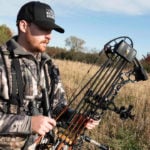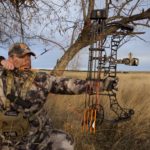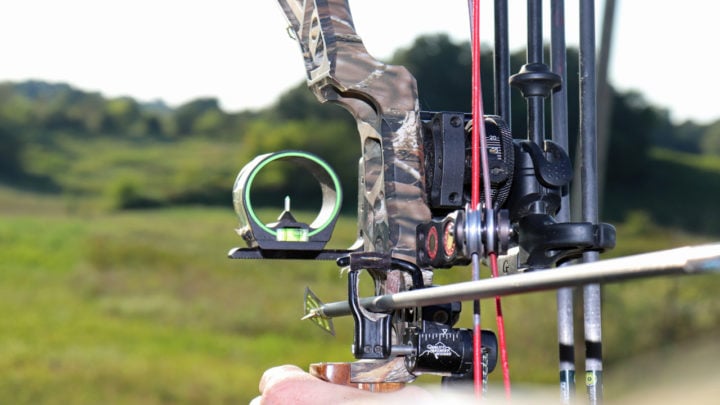
Arrow rests are like other archery accessories: there are plenty of new products every year and there is more than a little confusion about how they work, if they work and for whom they work.
This article is intended to compare the basic function of the various arrow rests available to today’s bow hunter. When selecting an arrow rest it is important to understand how it works and which model is best suited for your type of hunting.
Some drop-away rests are very simple in design. Essentially, they are little more than conventional rests with the spring reversed and a cord to pull them up as the string is drawn. A number of archers build good homemade drop-away rests this way.
Drop-Away Arrow Rests
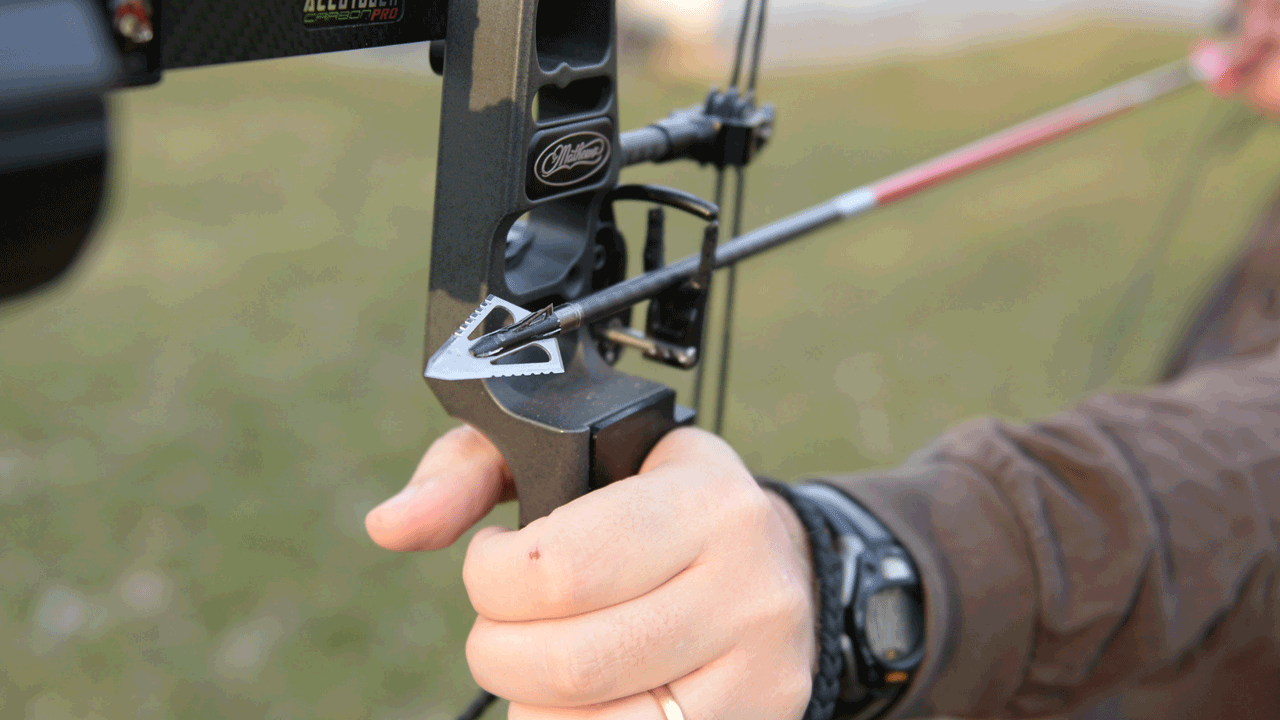
Drop-away arrow rests are seemingly the most popular style of arrow rest with modern bow hunters. They are designed to snap downward out of the path of the fletching within a controlled amount of time after the string is released.
Bowhunters tend to be most interested in this rest style as a way to beat fletching contact with the rest – one of archery’s most common tuning problems.
They work great in this capacity, making it possible to shoot very aggressive helical fletching, or high profile vanes, without fear of contact between the fletching and rest.
A drop-away arrow rest is typically activated by the downward motion of the bow’s buss cable. A small length of cord is tied into the cable with the other end attached to the rest itself.
When the bow is drawn the launcher is raised into position, and when the bow is shot a spring propels the launcher back down and out of the path of the arrow.
The pros: Because the launcher drops before the fletching has any opportunity to collide, these rests make it much easier for most bowhunters to get total fletching clearance without the need to fine-tune the nocks of each individual arrow.
If a bow hunter has ever put an arrow on the string wrong while using a conventional rest and reaped the poor arrow flight that comes from such a sin you won’t have to tell him twice that eliminating this variable is important.
Another advantage of drop-away rests is somewhat overlooked but just as important. These rests offer the potential to cradle the arrow very securely once your bow is drawn.
Because the rest clears the fletching during the shot, the launcher can be designed to securely hold the arrow, preventing it from falling off the rest if shooting at an awkward angle.
The cons: First, all drop-away rests bring additional moving parts, more linkages and more complexity to the gear equation. Many bow hunters, both beginners and experts, like to follow the KISS philosophy (Keep it simple, stupid).
The addition of cables and moving parts does complicate the rest’s operation and brings the potential for something to go wrong while in the field.
What if the cord slips on the harness or the rising launcher misses the arrow or it doesn’t properly center?
Sure, problems can occur with conventional rests too, but generally these can be identified in advance. Having said this, tens of thousands of bow hunters rely on drop away arrow rests and with tags being filled across North America it’s plain to see why.
While adding complexity to a bow is akin to bowhunting heresy, if the design is bulletproof these rests can be trusted.
A very popular “bulletproof” drop away rest is the Apache from New Archery Products. The operation of the Apache is relatively simple, and it features an innovative cage that surrounds the arrow at all times, ensuring it won’t fall of your bow before or during the shot.
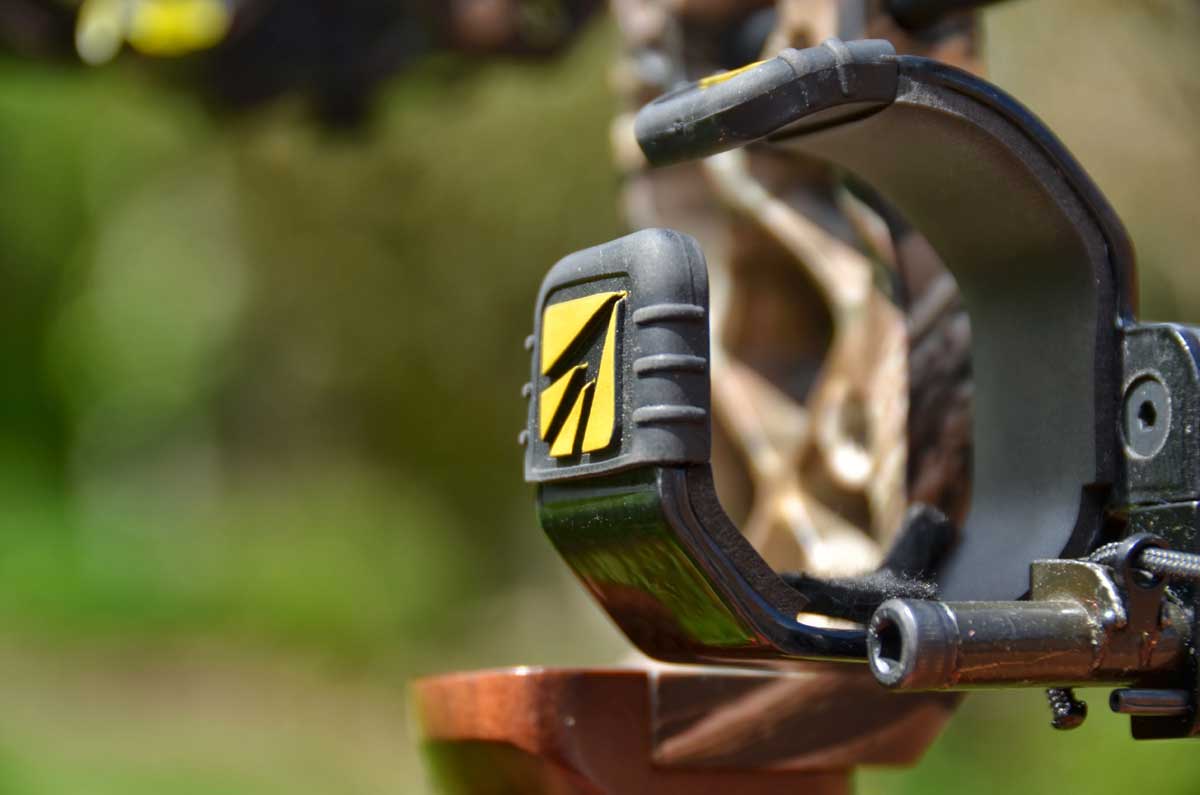
Many modern drop-away rests also hold the arrow securely during the draw and shot, not allowing it to bounce off the launcher. A great example of this is the Sizzor Rest from New Archery Products.
The launcher arms hold your arrow securely during the shot, and snap open upon release creating full fletching clearance for optimal accuracy.
Capture rests, such as the Whisker Biscuit, are very useful because they hold the arrow in place until you release the string, no worries about whether it will be resting properly.
Full Capture Arrow Rests
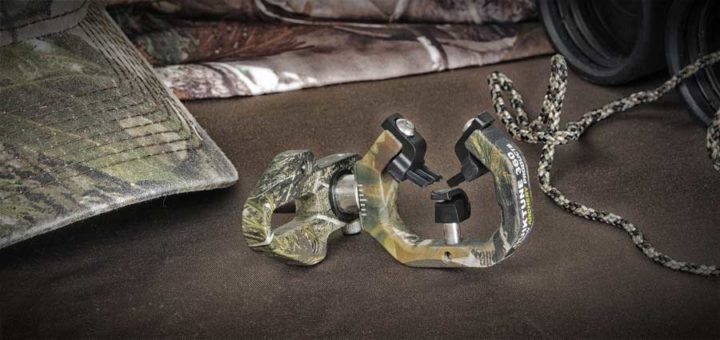
Full capture arrow rests are also extremely popular with bow hunters and come in several flavors; three launchers pointing inward toward the shaft, a hole surrounded by bristles and a plastic cone that looks like an oil funnel.
Rests that completely contain the arrow are not really new, but like the drop-away rests they are just now coming into their own.
Capture rests continue to gain in popularity because they keep the arrow from falling off the rest at all stages of the hunt: while stalking, while sitting, while drawing, when the wind is blowing, etc.
Also, in the excitement of the moment, it is possible to bounce the arrow right off some conventional rests. That will never happen with a capture rest, eliminating one more thing that can go wrong.
The pros: full capture arrow rests are, for the most part, fool proof. In most cases they have no moving parts and ensure that your arrow is in the proper location on your bow at all times. The days of worrying about your arrow falling off the rest are, for the most part, behind us.
Full capture rests are a favorite of bow hunters who spot and stalk their quarry because the hunter no longer needs to worry so much about their arrow falling off their rest and can concentrate on the task at hand.
There is, however, a second reason that capture rests are a good choice for bowhunters.
Because the rest contacts the shaft on all sides it is better able to guide the arrow and soak up the arrow flight discrepancies caused by minor inconsistencies in shaft construction or nock travel without creating poor arrow flight. It is kind of like pressing dough through a spaghetti extruder.
The cons: With the goal to fully secure the arrow in the rest, there is necessarily going to be greater contact between the rest and the shaft. Of course, each additional contact point introduces the chance for fletching contact, and like conventional rests, thin diameter carbon arrows are more likely to hit the launchers.
But, when the rest is designed with small contact surfaces properly spaced around the shaft the downside is reduced.
For all intents and purposes, the clearance afforded by most capture rests is at least equal to that afforded by most conventional two-prong launcher rests.
Because it is possible to get by with small contact points and still retain the shaft, the clearance on some capture rests may even be better than that on some conventional rests.
Of course, when you look at rests like the Whisker Biscuit, you find that there is no way to eliminate contact. In fact, you might call it a full contact rest. The fletchings pass through bristles and so are guaranteed to cause contact. However, because the contact is perfectly symmetrical all the way around the arrow, it tends to keep the arrow on track rather than causing it to kick to one side or the other.
The only downside of this full-contact design is fletching damage. These rests can cause pretty noticeable fletching damage. If you stick with short, stiff fletching, such as the NAP Quikspin, you will be fine.
But if you use long, supple vanes or feathers, they will show signs of damage after only a few shots and will need to be replaced at least a couple of times each summer if you shoot much.
Conventional shoot-through arrow rests are still popular but they are being replaced in the market by drop-away rests and capture rests.
CONVENTIONAL ARROW RESTS
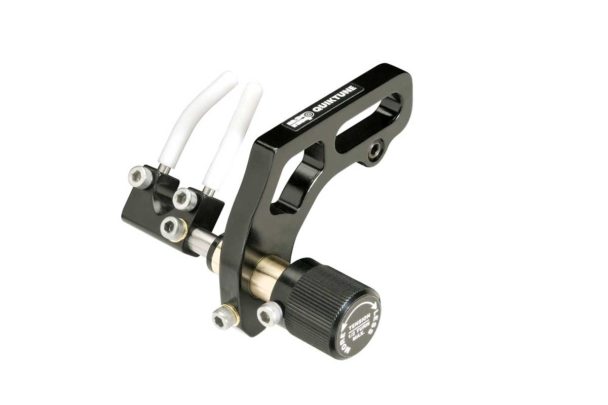
For the most part, conventional shoot-through rests are disappearing from the bows of today’s bowhunters. These rests don’t do anything better than the drop-away rests or capture rests and do some things much poorer.
They may be less expensive, being their only true virtue – and possibly easier to set up – but beyond that, the drop-away and capture rests are the way to go.
CONCLUSION
For every bowhunter there is rest, but there is not one rest for every bowhunter. In other words, the varying ways they set up their arrows, the imprecise way they release the string and the specific way in which they like to hunt all have an effect on the best rest for each bowhunter.
Drop-away rests are good medicine for bowhunters who demand total fletching clearance and the utmost in accuracy, especially at long distances.
Fully enclosed “capture” rests work under a wide range of conditions with a wide range of shaft styles but they are not appropriate for target shooting.
They aren’t the most accurate rests on the market but work wonderfully for the vast majority of bowhunting duties. Full capture rests are especially good for beginning archers and novice hunters due to their simplistic and durable design.

 By
By 